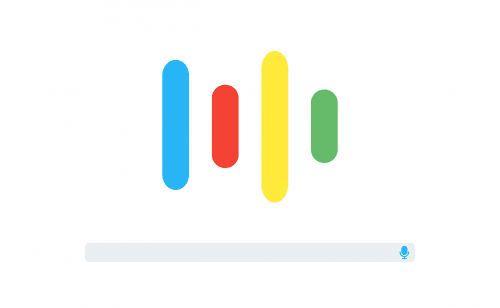There is no denying the importance of Google Analytics for websites. You get useful information and data which you can use to boost site rankings on search engines and thus increase conversations.
However, there is a problem. With Google Analytics, all the different data points and numbers floating around on your screen can baffle the user. Consequently, this can hinder the decision-making process. Luckily there are a few handy Google tools that you can use to pinpoint the most useful information and use this to boost your website’s rankings and conversions.
1. Google Analytics dashboard
The great thing is that the Google Analytics dashboard makes it easy for you to customize and view the information that you are most interested in. You can do this with a few simple steps. Simply click the “add to dashboard” button on the top left of your screen to add data points.
Alternatively, you can visit the Google Analytics solutions gallery and pick any of the pre-made dashboard templates. Once you find one that is relevant to your website, simply click it and add it to your profile.
2. Google Data Studio
You need not search for outside solutions for your data reporting. With Google data studio, you can take things to the next level and avoid the dashboard. You can make use of the interactive controls and the many customization options. Learn how to use this useful tool through the Google data studio tutorial.
Some of the benefits of this app include:
- Simple to read reports
- Free to use templates
- Pulling data from multiple sources
- Plenty of widget options
- Dynamic reporting
- Interactive options and experiences
3. Excel add-ons
You can also integrate Google Analytics to excel with tools such as Excellent Analytics from Outfox. And the great thing is that this tool is completely free. However, if you want more features with a paid tool, you can check out Supermetrics.
That said, the tools we’ve mentioned so far will require the user to do a bit of customization to reap the benefits. Note however that there are tools available that will not require any customization on your part. As soon as you have set up these apps, they are already ready to start providing you with valuable data.
Let’s discover more below.
4. SumAll
There is a reason this tool is one of the most popular amongst website administrators. It does a great job of simplifying tasks by providing a catch-all for different applications. You can integrate not only Google Analytics, but also many other useful tools.
For instance, you can find out the impact of your social media campaigns such as through Facebook or twitter on your website’s traffic. Not only that, but you can also find out the impact that external links have on that traffic.
Forget having to do the difficult tasks as SumAll will easily calculate relationships between two or more datasets and provide the results in a simple to understand format.
5. Handsome Stats
This one you will pay for but the good thing is that it is incredibly cheap. You will start with a 45-day trial after which you will pay $7 per month.
The reports that are generated by Handsome Stats will include only the most important bits of information from your Google Analytics. Moreover, you can view and compare data from month to month. But it doesn’t end there, you can also choose the option of receiving monthly updates via email.

6. Google Spreadsheets add-ons
If you like to customize functions, you will be delighted to make use of Google spreadsheets. Note however that to use this feature, you must have the latest Google drive. This also allows you to get access to a wide variety of Google add-ons.
Once you are past this initial step, all that remains is to click the add-ons menu, and then click “Get add-ons”. From here you can find the right Google Analytics extension to use with your spreadsheet. You can then use your chosen add-on to create a Google Analytics report that is right for your requirements.
7. Tableau
This a powerful tool for data reporting that takes raw data from various sources and then creates simple to understand reports. What sets Tableau apart is its fast data analysis and visualizations. It presents the data in easy to understand and user-friendly dashboards or worksheets.
Its main strong point is translating queries to visualizations. Moreover, connecting tableau to your Google Analytics account is super simple and only requires a few simple steps. Once you have invested the required time to learn the app, everything becomes super simple.
8. Mixpanel
Mixpanel allows users to efficiently collect data and use it to define metrics and see how these changes and what the trends are over time. This makes it possible to measure customer experience and therefore, make some improvements.
Not only will you be able to monitor user engagement with the website, but you can also create KPIs and generate reports much more easily. As a result, you can increase website traffic and ultimately boost conversions.
9. Visual.ly
This is perhaps one of the best tools for creating infographic reports. And the great thing is that the user does not require any previous experience. All you need to do is link your Google account or your visual.ly account.
Granted, the tool doesn’t offer users a way to customize reports. However, you can easily visually see the organic traffic as well as the bounce rates, visitors and other social metrics. Furthermore, you can set the tool to provide you with reports every other week.
Conclusion
There are plenty of free Google tools that you can use to enhance data reporting. While these work great, you can also access much better service and reporting with a few paid Google tools. This will help save plenty of time that you would have otherwise spent analyzing the data. Furthermore, you can use these in conjunction with SEO tools.
loading...
loading...

